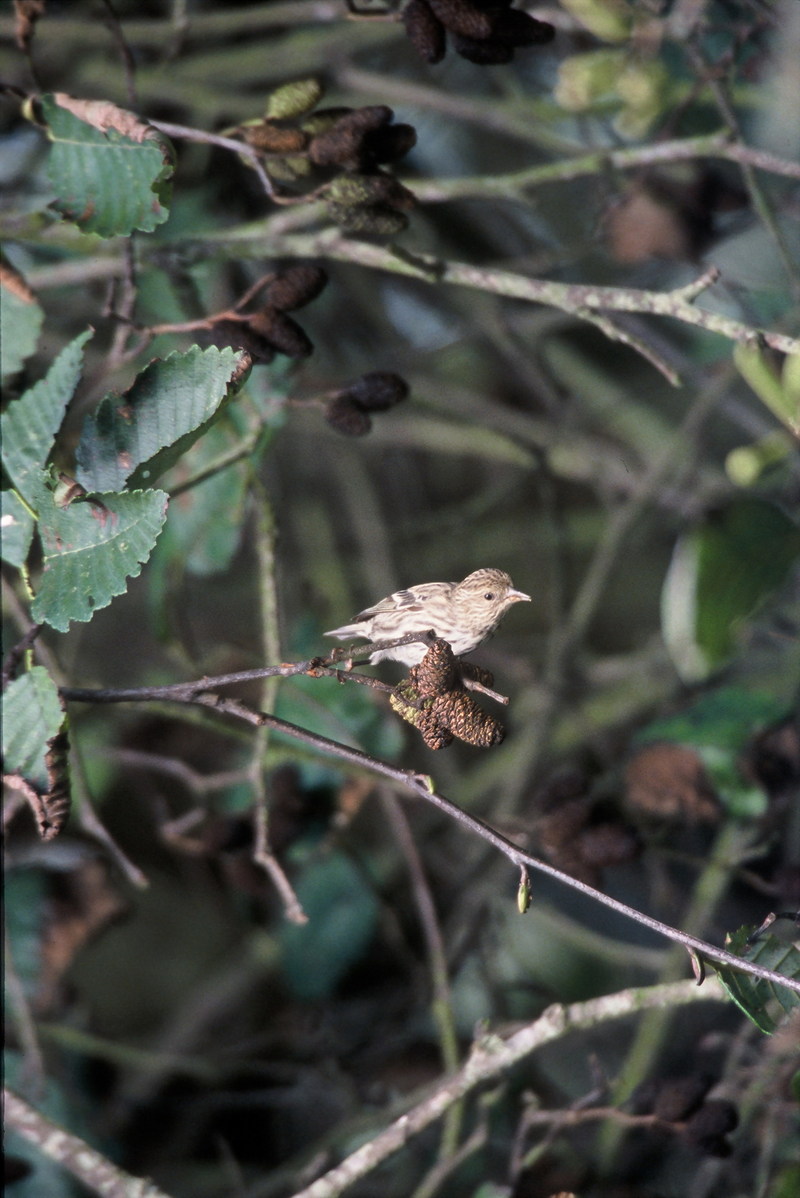|
| Query: bird | Result: 4364th of 32675 | |
Pine Siskin (Carduelis pinus) <!--솔방울새--> -- Spinus pinus
| Subject: | Pine Siskin (Carduelis pinus) -- Spinus pinus
| | Poster: | Phoby (phoby@notmyphoto.com)
| |

| Resolution: 1805x2702
File Size: 807513 Bytes
Date: 2005:09:20 14:30:58
Camera: Digital Link (Applied Graphics Technologies)
Upload Date: 2005:09:20 14:32:38
|
From the U.S. Fish and Wildlife Service's online digital media library.
Check http://images.fws.gov/ for higher quality version, and http://www.fws.gov/help/policies.html for copyright information.
Metadata
Title: Pine Siskin
Alternative Title: Carduelis pinus
Creator: Karney, Lee
Source: WO-Lee Karney-578
Publisher: U.S. Fish and Wildlife Service
Contributor: DIVISION OF PUBLIC AFFAIRS
Language: EN - ENGLISH
Rights: (public domain)
Audience: (general)
Subject: Birds, Bird, Passerines
Description
Table Of Contents: In fall and winter pine siskins forage over northern forests in flocks that may number several thousand birds, feasting on the seeds of conifers, alders, birches, and maples. But they are seen as far as Florida in years when food shortages trigger southward irruptions
Date
Available: April 06 2004
Issued: March 26 2004
Modified: April 06 2004
Comments
=========
The pine siskin (Spinus pinus) is a North American bird in the finch family. Spinus pinus is a migratory bird with an extremely sporadic winter range. These siskins are fairly small, being around the same size as the widespread American goldfinch. Order: Passeriformes > Family: Fringillidae > Subfamily: Carduelinae > Genus: Spinus > Species: Spinus pinus |
^o^
Animal Pictures Archive for smart phones
^o^
|
|

